Lego and the lure of the Direct to Consumer channel
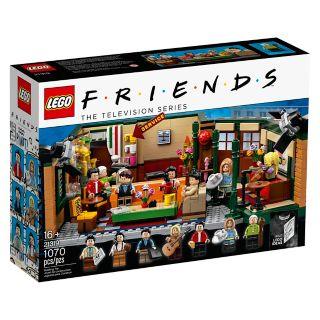
Direct to Consumer
As the retail industry has changed, more and more brand owners have decided to reach out directly to consumers instead of relying on a network of distributors, wholesale partners and retailers.
The advantages for brand owners can be hugely attractive. In particular the increased margins and the ability to control your brand.
Lego is the latest in a long line of brand owners which have pivoted from a wholesale model to an own-operated-store (OOS) revenue model. (source: FT.com)

D2C vary by retail sector
Fashion brands have been some of the more prolific brnad owners to pivot into the D2C channel. For interested readers, Moncler is a very good example of how to pivot into D2C from an established wholesale set-up as a way to maximise IPO outcome.
However, while fashion brands have mainly sought to capture retailer's margin, in Lego's case the reason for pivoting into D2C is more a case of survival.
The collapse of ToysRus was highly detrimental to the wider toy industry, especially for brands with a range of impulse buy products. Fewer and fewer retail outlets means fewer eyeballs on your products.
In addition, Lego has experienced huge competitive pressures as their brick patent lapsed.
To ensure the brand stands out it requires a presence on the high street.
The next huge task for Lego is to ensure their plastic bricks are made with sustainable materials.


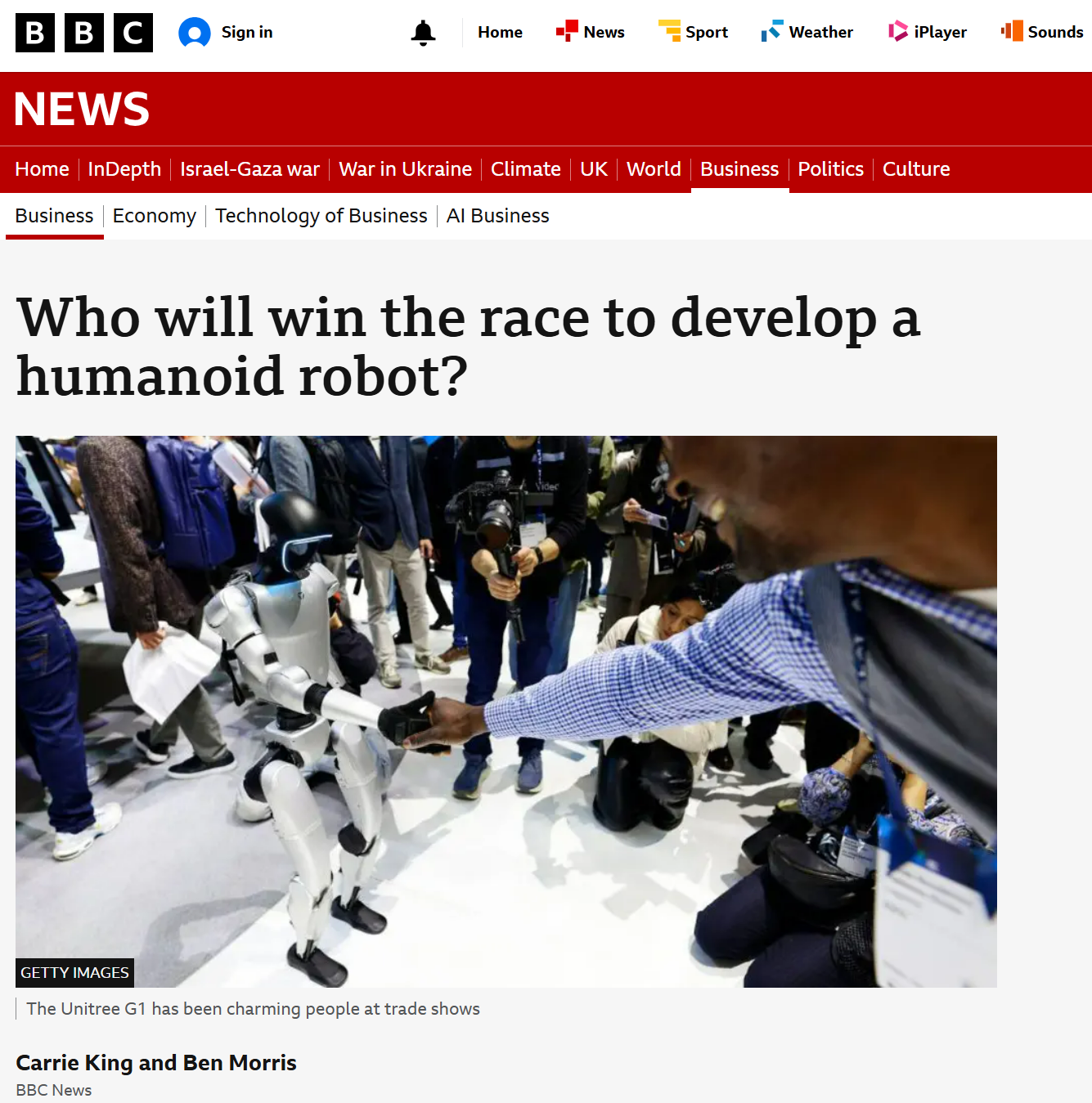

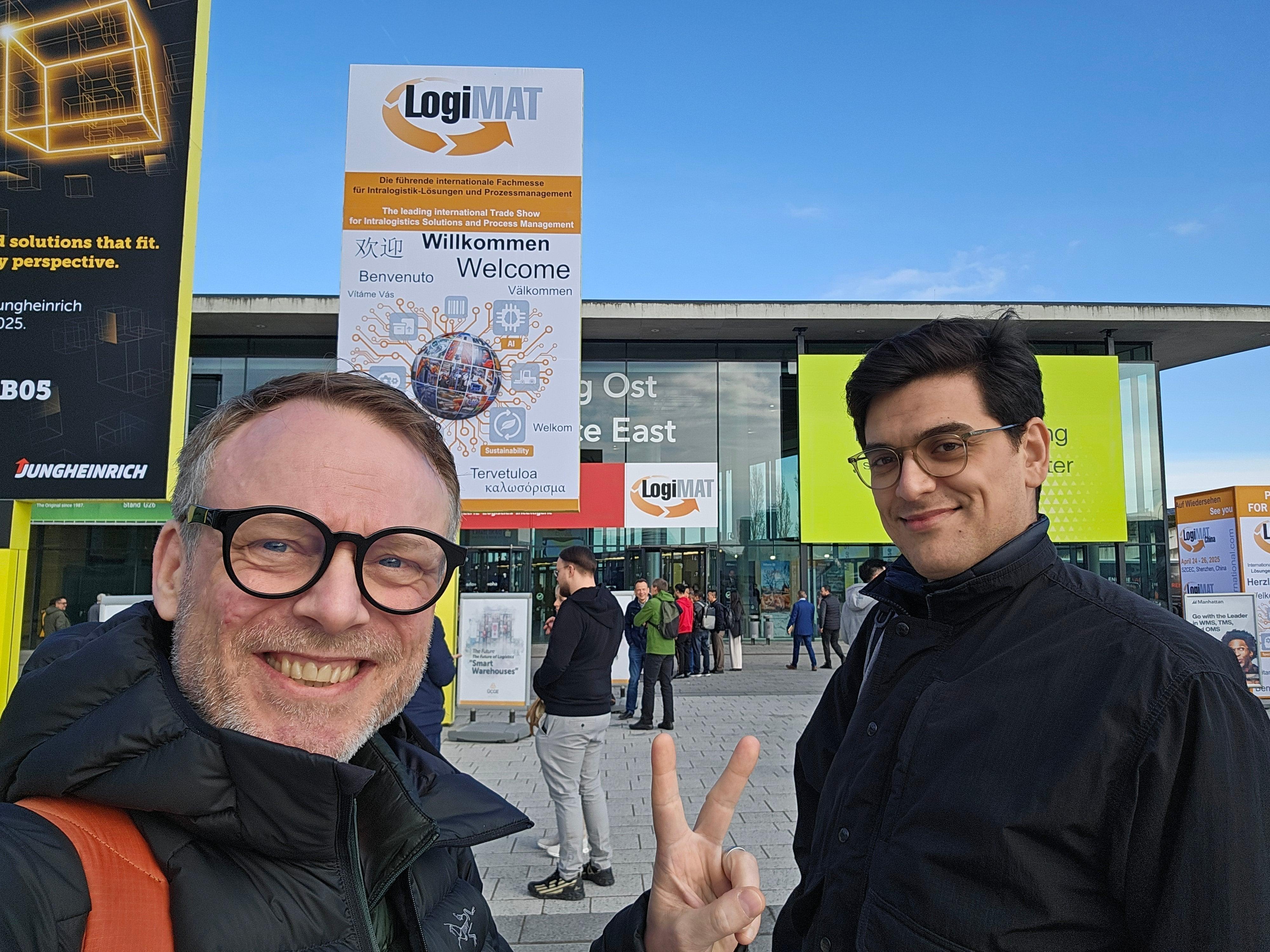
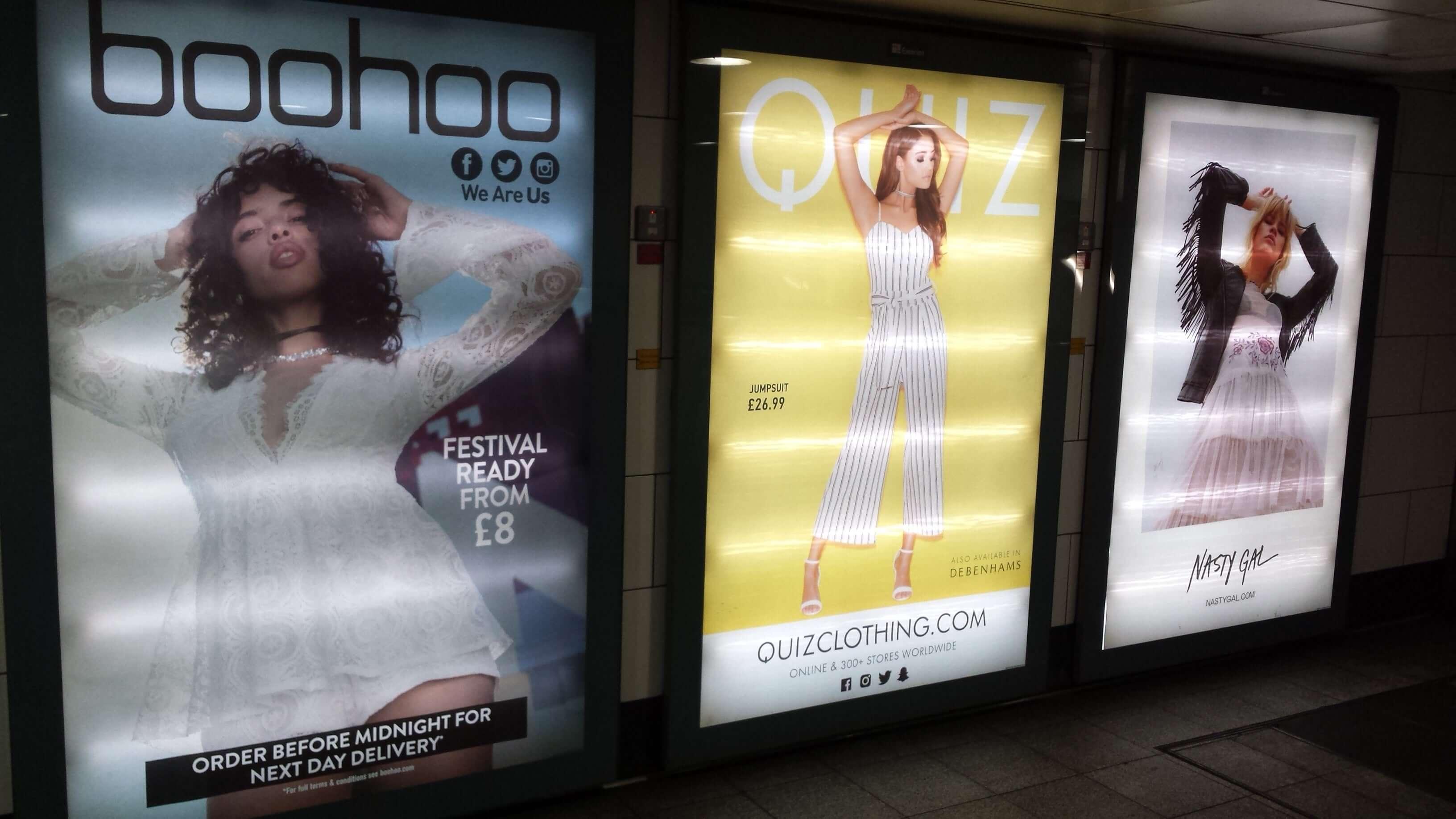
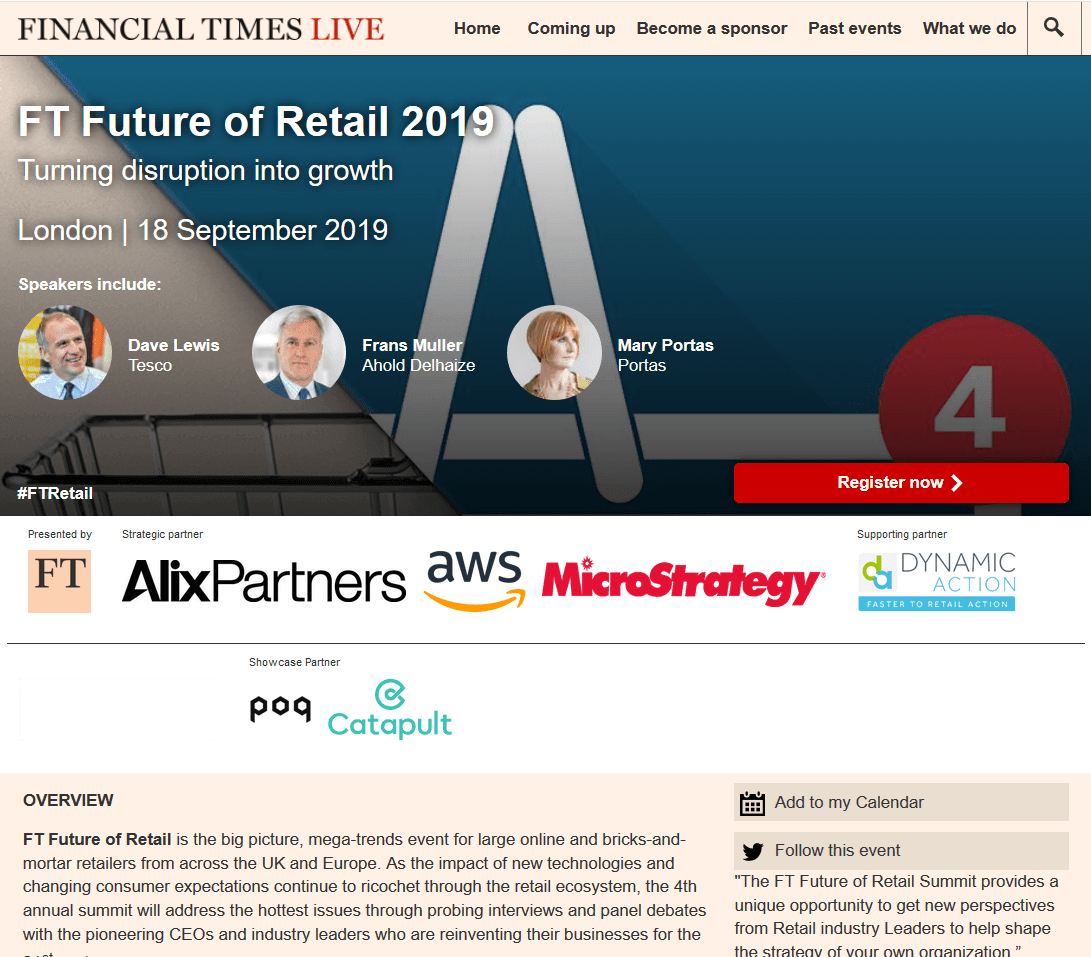
Comments